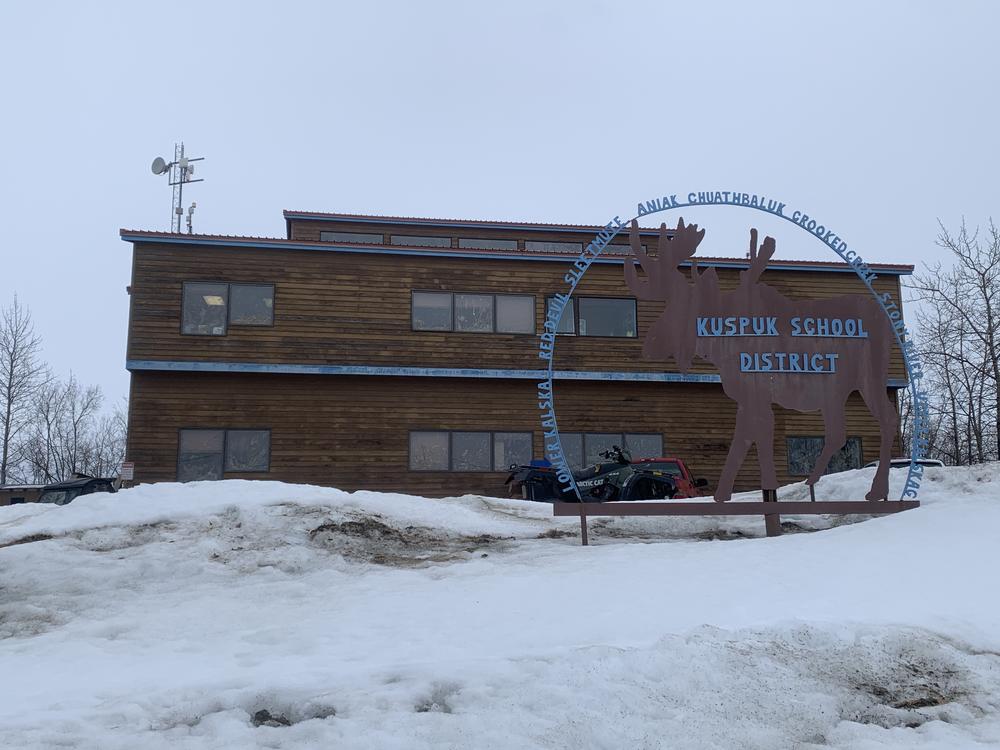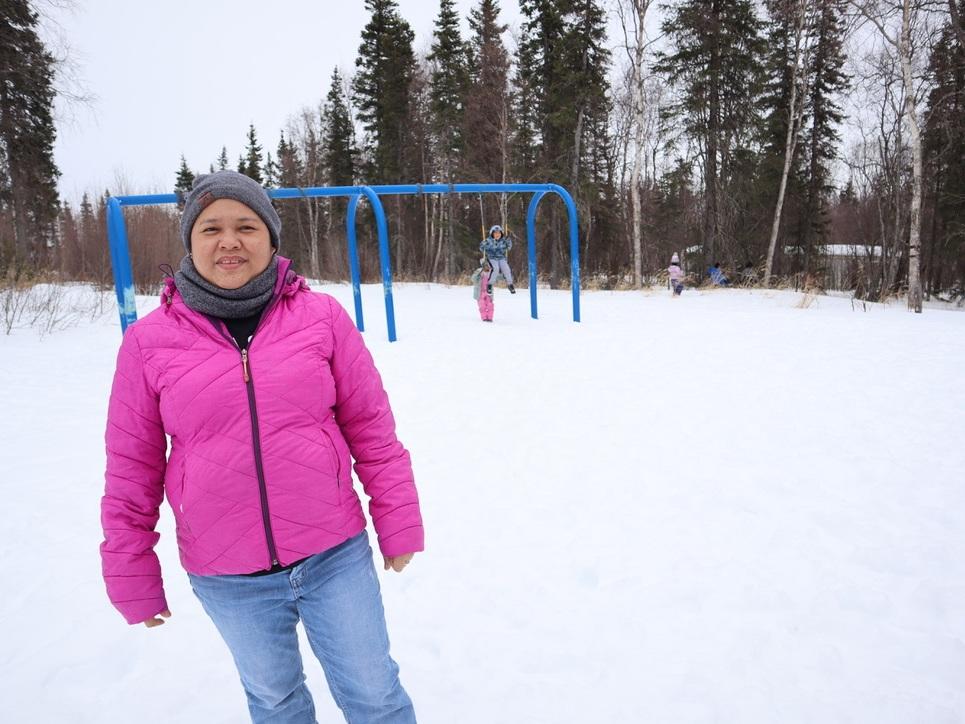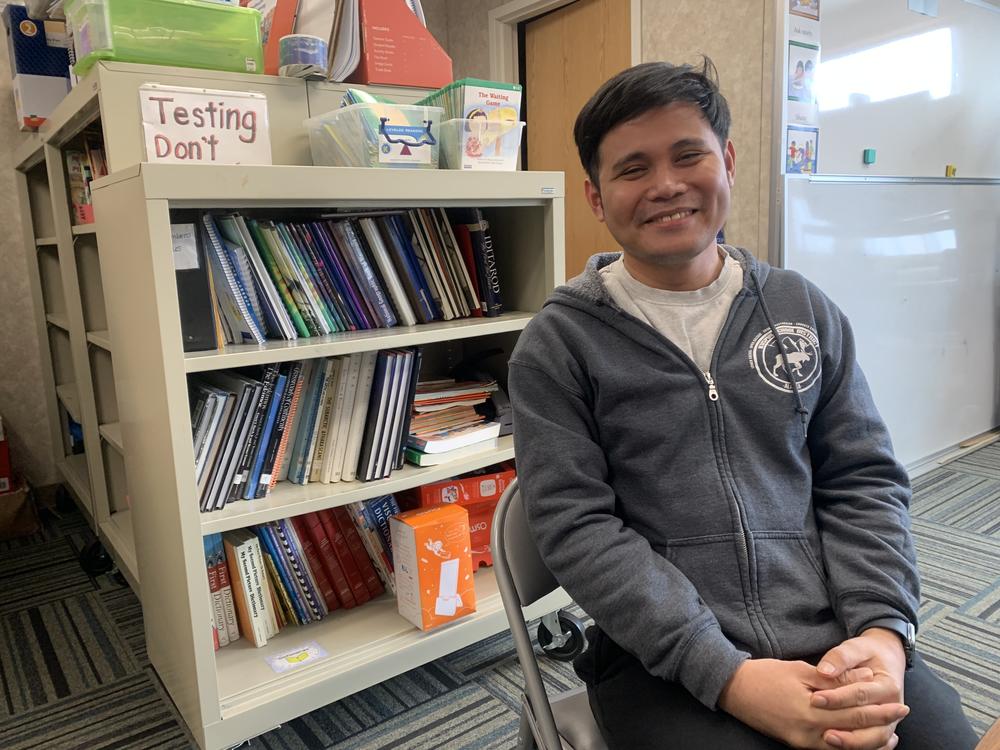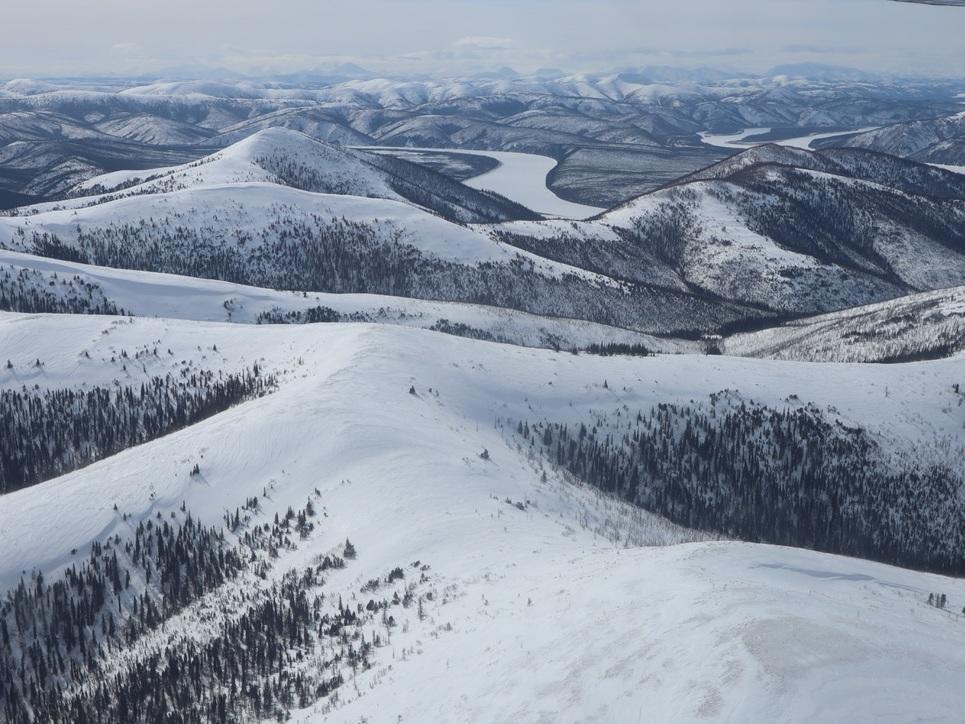Section Branding
Header Content
Visa program draws foreign teachers to a rural Alaska school district facing a staffing crisis
Primary Content
When special education teacher Dale Ebcas moved from his home in the Philippines to the tiny village of Upper Kalskag in Alaska back in the winter of 2020, the warmest layer he brought with him was a trench coat: “I was imagining a weather like, you know, Korea,” he laughs. “Because I'm a fan of watching Korean movies and it's like, ‘oh, they're just wearing trench coats… it seems like it might work’.”
The average temperature in the Philippines’ coldest month is just about 78 degrees Fahrenheit. By contrast, the climate in Upper Kalskag is semi-arctic and snow can blanket the ground for more than half the year.
Needless to say, the trench coat didn’t cut it – Ebcas had to borrow a down jacket from the principal of the school where he’d been hired.
His school district – the Kuspuk School District in Western Alaska – is about the same size as the state of Maryland. While the region is large, the student population is small: only 318 kids spread out across seven villages and none are connected by a road system. Here, like in many other rural school districts across America, it’s a struggle to fill nearly 40 teaching positions. That’s why the Kuspuk School District is bringing in educators like Ebcas from over 5,000 miles away – so many of them, in fact, that they now make up more than half the district’s teaching staff. It’s one of many school districts around the country who are addressing a shortage of teachers by relying on special visas that allow foreign teachers to come work in the U.S.
Ebcas is from Cagayan de Oro City, on the Philippine island of Mindanao – an island with a population of more than 26 million people. By contrast, there are just over 200 people in Upper Kalskag. While winters are long and the community is tiny, Ebcas says he enjoyed teaching in Alaska so much that he encouraged other teachers he knew from the Philippines to join him.
His aunt, Vanissa Carbon, now teaches second grade in Upper Kalskag. Although she says the winter in Upper Kalskag is long, she’s been pleasantly surprised by life here, where the population is predominantly Indigenous. “The people here are also like Filipinos – their culture is somehow the same in terms of close family ties, being together on occasions and helping each other,” says Carbon.
In the Kuspuk School District, teachers who come from the Philippines say they can make 15 times the amount of money they could at home, in addition to benefits. And they have access to teaching tools and technologies that aren’t as readily available in the Philippines.
“I was quite fascinated with the fact that we have resources that are really readily accessible to students with special needs,” Ebcas says. He points to tools like a ‘talking pen,’ which assists students in learning to read, among other technologies. “These kinds of devices, we don’t have them in the Philippines. … It’s very expensive,” he says.
Aguillard did her PhD research on the special education system in the Philippines. She says the requirements for students working toward teaching degrees there aren’t so different from what’s required in the U.S. “Their studies were purely 100 percent based on the U.S. model of students receiving special education services.” She says her research was in the back of her mind when her school district opted to pursue hiring foreign teachers.
Both Ebcas and Carbon are here on J-1 visitor visas, which are good for three years and can be extended for two more. The J-1 is a cultural exchange visa, and J-1 Visa holders often fill summer service positions related to the travel industry in Alaska. Childcare workers, including au pairs, also use J-1 Visas. Nationwide, there are more than 5,700 teachers in the US on J-1 Visas, according to the State Department. 91 of them are in Alaska.
“They do have program requirements where they do have to share not only their culture, but also learn about the culture that they are immersed in for their job,” says Superintendent Aguillard. “A big part of education in rural Alaska specifically is the emphasis on cultural heritage and keeping that culture alive, whether it be Alaska Native culture, or whatever culture an individual brings with them to the space they're in,” she says.
She says the teachers host Filipino-themed events in her school district. “A couple of our teachers have put on informative nights about the Philippines, so they’ll decorate the whole gym, they’ll cook food and do a lecture on Filipino cultural traditions,” she says.
Aguillard says J-1 Visas have had a dramatic positive impact in the Kuspuk School District. “We went from having zero applicants for positions for a year-long posting to over 100 applicants of extremely qualified people with experience and they’re wanting to come teach our students.”
Still, she says the teacher shortage is so dire that 20% of teaching positions at her schools were never filled this year – even with the teachers on J-1 Visas. Now the Kuspuk School District is looking at ways to keep foreign teachers on staff for more than five years. One option is the H-1B Visa – a specialty occupation visa that paves the way for immigration.
Kuspuk isn’t the only remote school district in Alaska utilizing state department visas to fill teaching positions. More than 350 miles south, the Kodiak Island Borough School District administration has hired an immigration lawyer to secure H-1B Visas and they’re also recruiting teachers in the Philippines.
At an Alaska Senate Finance Committee hearing in March, Kodiak Island Borough School District Superintendent Cyndy Mika said the district now hosts its own job fair there. “This year, we went to both Manila and Cebu city,” she said. “We went to Cebu, because it’s rural remote and we knew that those are the types of teachers that would be better integrated into our community.”
In Upper Kalskag, Dale Ebcas extended his J-1 Visa for two additional years, but at the end of the next school year, his time in Alaska will run out as well. He’s won a number of awards for his work in Upper Kalskag, and is also among 20 teachers recognized in Alaska as a 2024 Educator of the Year.
He says it’s a disappointing reality of the J-1 Visa program that he can’t stay on to build on the work he’s already done. “I could have continued the things I do with the community and the kids, if only I could go beyond five years,” he said. “I consider this already as my family, the community here, the kids here.”




